-
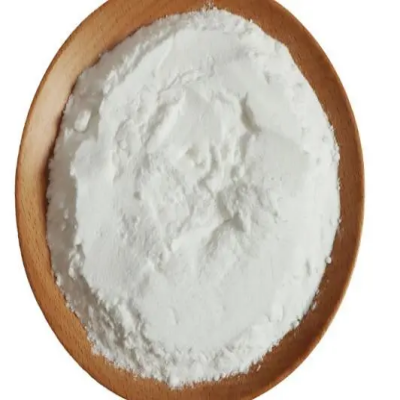
Rhodium(III) 2-ethylhexanoate CAS:20845-92-5
hodium(III) 2-ethylhexanoate is a coordination complex of rhodium with 2-ethylhexanoate ligands. This compound is commonly used as a catalyst in various organic synthesis reactions due to its unique properties and reactivity.
-

Rhodium(III) chloride hydrate CAS:20765-98-4
Rhodium(III) chloride hydrate, otherwise referred to as rhodium trichloride trihydrate, carries the chemical formula RhCl3·3H2O. This substance contains three molecules of water bound tightly by hydrogen bonding.
-
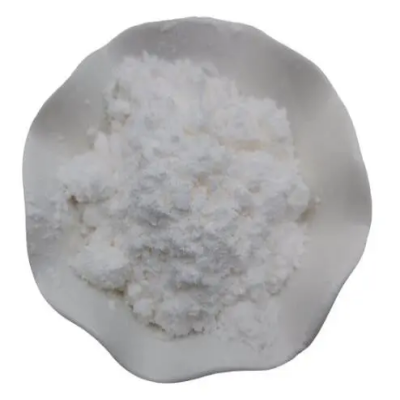
Tris(2-phenylpyridine)iridium CAS:94928-86-6
Tris(2-phenylpyridine)iridium, commonly abbreviated as Ir(ppy)3, has various other designations including Iridium, tris(2-phenylpyridine); fac-tris(2-phenylpyridine) iridium; or simply TIPP (Triplet Energy Transfer). This complex salt contains one central ionized metallic element with +3 charge surrounded by six ligands in its octahedral coordination environment. The ligand consists of two nitrogen atoms from each pyrido ring along with four carbon atoms forming benzene rings attached to those pyrido units. These special structural arrangements result in unique properties that allow this product to be utilized across diverse fields.
-
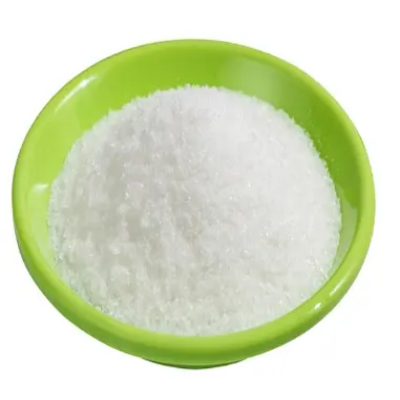
Rhodium(III) iodide CAS:15492-38-3
Rhodium(III) iodide is a chemical compound with the formula RhI3. It is a dark red solid that is sparingly soluble in water and commonly used in the field of catalysis and materials science. Rhodium(III) iodide is known for its catalytic properties and is often utilized in various organic synthesis reactions, including C-C and C-N bond formation, as well as hydrogenation and hydrosilylation reactions.
-
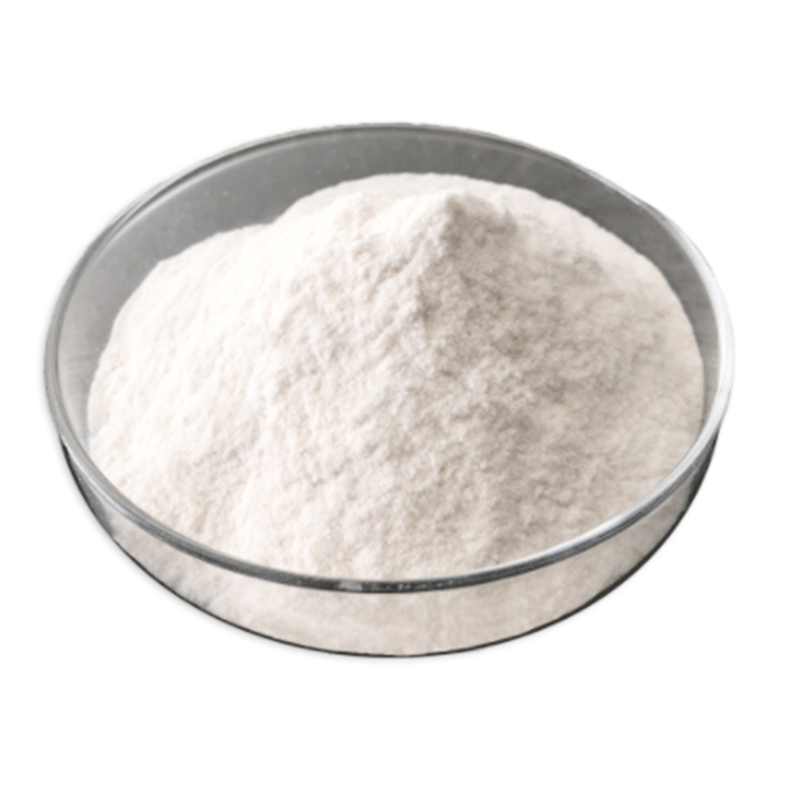
Hemicellulase 40000 HCU/g CAS:9025-56-3
Hemicellulase 40000 HCU/g is an enzyme preparation with a high activity of 40000 Hemocellulase Units per gram. It is commonly used in various industries for its ability to break down hemicellulose, a complex carbohydrate found in plant cell walls. This enzyme is widely used in the food, feed, and biofuel industries for its role in improving digestibility and enhancing the extraction of valuable compounds from plant materials
-

Maltol CAS:118-71-8 Manufacturer Supplier
Maltol is a naturally occurring organic compound that is commonly used as a flavor enhancer in food and beverage products. It is a white crystalline powder with a sweet aroma and is often described as having a caramel-like flavor. Maltol is used to add sweetness and enhance the overall flavor profile of a wide range of products, including baked goods, confectionery, beverages, and dairy products. It is also used as a fragrance ingredient in perfumes and cosmetics. Maltol is generally recognized as safe (GRAS) by the U.S. Food and Drug Administration and is approved for use in food and beverage products in many countries around the world
-
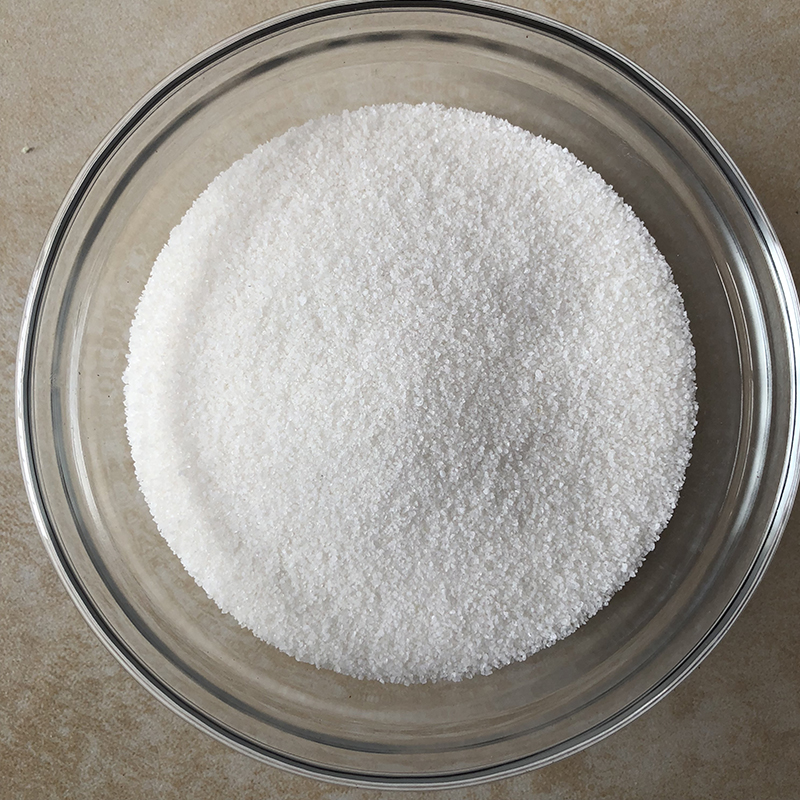
Mineral Oil CAS:8042-47-5
Mineral oil is a clear, odorless, and colorless liquid derived from petroleum. It is commonly used in cosmetics, pharmaceuticals, and as a lubricant. Due to its non-comedogenic properties, mineral oil is often found in skincare products to moisturize and protect the skin without clogging pores. It is also used as a laxative and in the manufacturing of certain food products
-
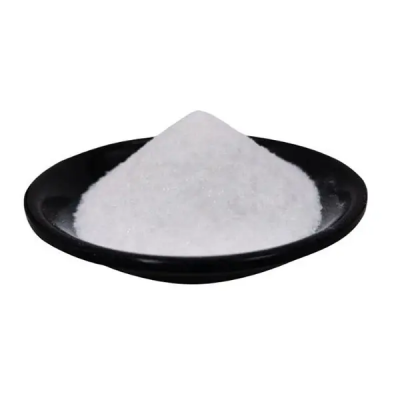
Monoammonium Glutamate CAS:7558-63-6
Monoammonium glutamate, also known as MAG, is a white crystalline powder that is commonly used as a flavor enhancer in various food products. It is a type of amino acid that is derived from glutamic acid and is often used to enhance the savory or umami taste in foods. MAG is commonly used in processed foods, snacks, and savory sauces to improve the overall flavor profile of the product. It is also used as a key ingredient in certain food seasonings and condiments. Additionally, MAG is known for its ability to improve the overall taste and palatability of food products, making it a popular choice among food manufacturers
-

Monopotassium Glutamate CAS:24595-14-0
Monopotassium glutamate, also known as potassium glutamate, is the potassium salt of glutamic acid. It is commonly used as a flavor enhancer in food and is often found in processed and packaged foods. Monopotassium glutamate is a type of monosodium glutamate (MSG), which is known for its ability to enhance the savory or umami taste in foods. It is often used to improve the overall flavor of a dish and is considered safe for consumption by regulatory authorities
-

Monosodium Glutamate(MSG) CAS:142-47-2
Monosodium glutamate (MSG) is the sodium salt of glutamic acid, a non-essential amino acid. It is commonly used as a flavor enhancer in various foods and is known for its savory or umami taste. MSG is often used in Asian cuisine and processed foods to enhance the overall flavor of the dish. Despite some controversy surrounding its safety, MSG is generally recognized as safe by regulatory agencies when consumed in moderate amounts
-

Shellac CAS:9000-59-3 Manufacturer Supplier
Shellac is a natural resin secreted by the lac bug, native to India and Thailand. It is processed into a versatile material used in various applications, including woodworking, pharmaceuticals, and food products. Shellac is known for its high gloss finish and excellent adhesive properties, making it a popular choice for wood finishing, as well as a key ingredient in traditional medicines and confectionery glazes.
-
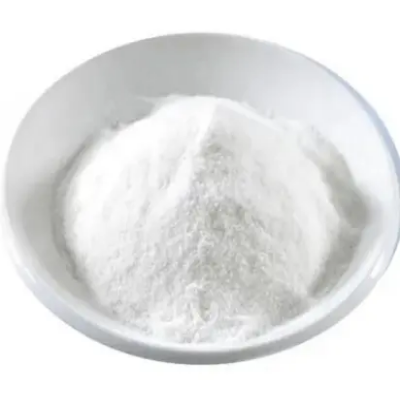
Silicon Dioxide CAS:7631-86-9
Silicon dioxide, also known as silica, is a naturally occurring compound commonly found in sand, quartz, and other minerals. It is widely used in various industrial applications, including as a key component in the production of glass, ceramics, and concrete. Additionally, it is utilized in the manufacturing of semiconductors, optical fibers, and abrasives. In the food and pharmaceutical industries, silicon dioxide is employed as an anti-caking agent and as an additive in powdered products to prevent clumping. Furthermore, it serves as a desiccant to control humidity and moisture levels in a variety of products.

